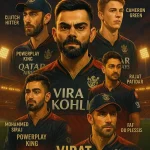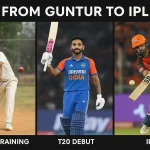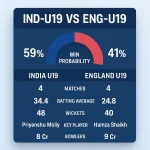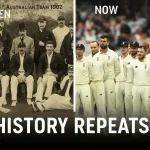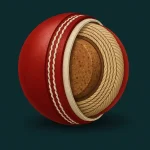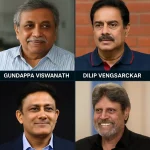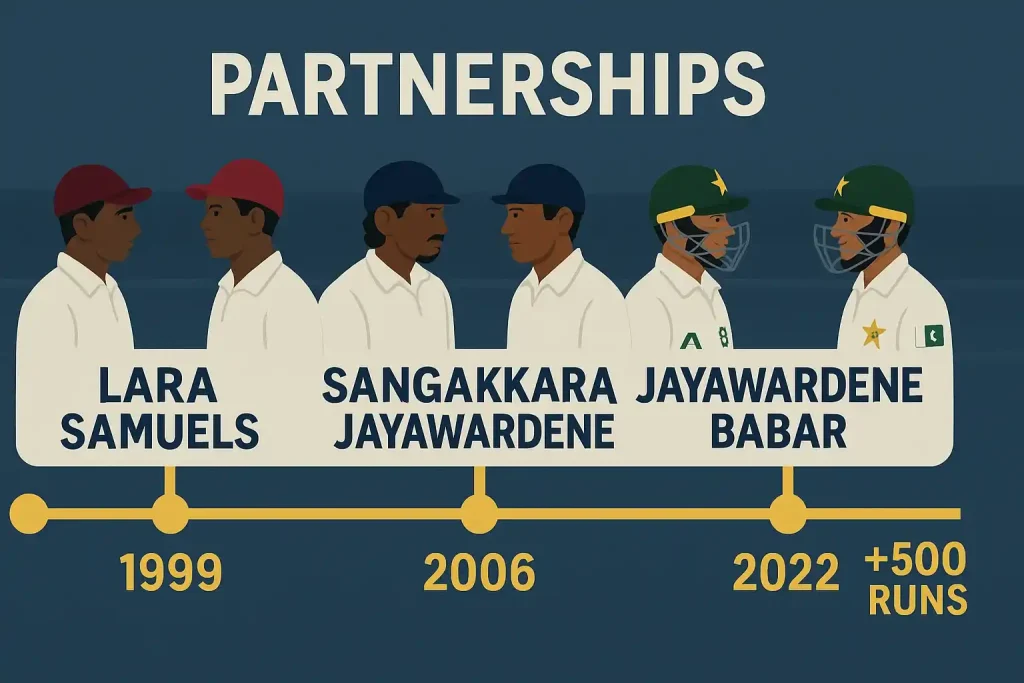
For devoted followers of Test cricket, partnerships are far more than numeric milestones on a scoreboard. Concerning the memorable record 3rd wicket partnership in Test cricket history, it epitomizes this perfectly. This is not simply referring to the numbers that tell the tale of unmatched brilliance that was crafted, nurtured, and delivered in the sport’s annals.
Traditionally, the third-wicket partnerships tended to form after a team suffered what people generally refer to as a mini-collapse. You lose two early; your new ball is still doing plenty, so it is difficult for the batters. Somehow, that always feels like a relief. And then, there is a balance-shifter. This is the inspiring element of these partnerships; the defense cohesively functioning together creates upheaval and counterintuitively, at times, magnificence in the world of cricket.
When Batting Became War: Understanding the Role of the 3rd Wicket Stand
The third wicket holds a strange space. You’re not quite in collapse territory, but you’re not settled either. It’s the phase that defines whether a side will post 180 or 480. Think of it like the fulcrum. And the batters walking in? Often, it’s your best players. The No. 3 is usually the technician, the spine. No. 4? The stroke-maker, the artist. When they click, it’s not just a rescue act—it’s domination in disguise.
In many historic cases, the best Test batting duos forged legendary 3rd wicket partnerships. This wasn’t accidental. These were moments born out of both necessity and class. When your top order breaks, and your middle steps up, it means your team has steel.
Table 1: Top 5 Highest 3rd Wicket Partnerships in Test Cricket (as of 2025)
| Players Involved | Team | Opponent | Runs Scored | Venue | Year |
| Mahela Jayawardene & Kumar Sangakkara | Sri Lanka | South Africa | 624 | Colombo (SSC) | 2006 |
| Jacques Kallis & AB de Villiers | South Africa | Pakistan | 313 | Cape Town | 2007 |
| Rahul Dravid & VVS Laxman | India | Australia | 376 | Kolkata | 2001 |
| Ricky Ponting & Michael Clarke | Australia | India | 386 | Adelaide | 2012 |
| Hashim Amla & Jacques Kallis | South Africa | India | 340 | Nagpur | 2010 |
That Jayawardene-Sangakkara 624? Let that sink in. That’s not a partnership. That’s a full Test match between two people. The discipline, the concentration, and the sheer audacity of grinding out over two days of cricket—it takes more than talent. It takes memory. Hunger. A bond between two batters who understood rhythm, who fed off each other’s cues.
What Makes These Partnerships Legendary?
Stats are great, but context is king. That 624 wasn’t against a minnow—it came against a formidable South African pace unit. And the Kolkata 2001 partnership? India were following on. Australia had won 16 Tests in a row. Dravid and Laxman didn’t just save the game. They changed the narrative. They flipped the dominance.
These 3rd wicket masterclasses are often about grit as much as they are about flair. You’ll find flamboyant strokeplay, sure. But you’ll also find forward defenses that meant survival. You’ll read about sessions where just 60 runs were scored—but no wickets lost. That’s the real magic. The mental endurance. The trust. The refusal to blink.
Table 2: Match Impact of Historic 3rd Wicket Partnerships
| Players | Match Outcome | Team Total | Contribution % | Series Result |
| Jayawardene & Sangakkara | Sri Lanka won | 756/5 dec | 82.5% | Drawn series (1-1) |
| Dravid & Laxman | India won | 657/7 dec | 57.2% | India won 2-1 |
| Ponting & Clarke | Australia won | 604 | 63.9% | Series drawn 1-1 |
| Amla & Kallis | South Africa won | 558 | 60.9% | SA won 2-0 |
Sometimes, the magnitude of these partnerships lies not just in how many runs were scored, but in how those runs altered the mental makeup of the opposition. You’ve seen it—fielders starting to sag, shoulders drop, bowlers go around the wicket just for variety’s sake. And by the time the partnership ends, the game’s gone with it.
Personal Glimpses Behind the Numbers
Let’s step away from the tables a moment. Imagine what it must’ve felt like, standing at the non-striker’s end while your mate creams another cover drive. You fist bump. You share a joke. You ride the rhythm together. In 2006, Jayawardene mentioned how he and Sanga barely talked tactics—they talked memories, family, old school days. That’s what kept them fresh over 500+ balls.
Even Clarke and Ponting—who many assumed had a generational gap—found synergy in their shot selection. It was like jazz. One took the lead, the other followed. Then they swapped. And the field just kept chasing shadows.
Why the 3rd Wicket Is the Real Backbone
Openers take shine off the ball. But the third wicket often decides what happens next. Are you going into lunch shaky at 75/2—or stable at 145/2? Is the opposition scenting blood or planning damage control? These partnerships, especially the highest ones, don’t just plug holes. They reroute the entire match script.
And in a format like Test cricket, where time is a weapon, long partnerships become psychological sieges. You grind the opposition. You force them to bowl those extra overs. To take the new ball early. To question their field placements. That’s why these 3rd wicket stands are more than just big numbers—they’re strategic masterclasses.
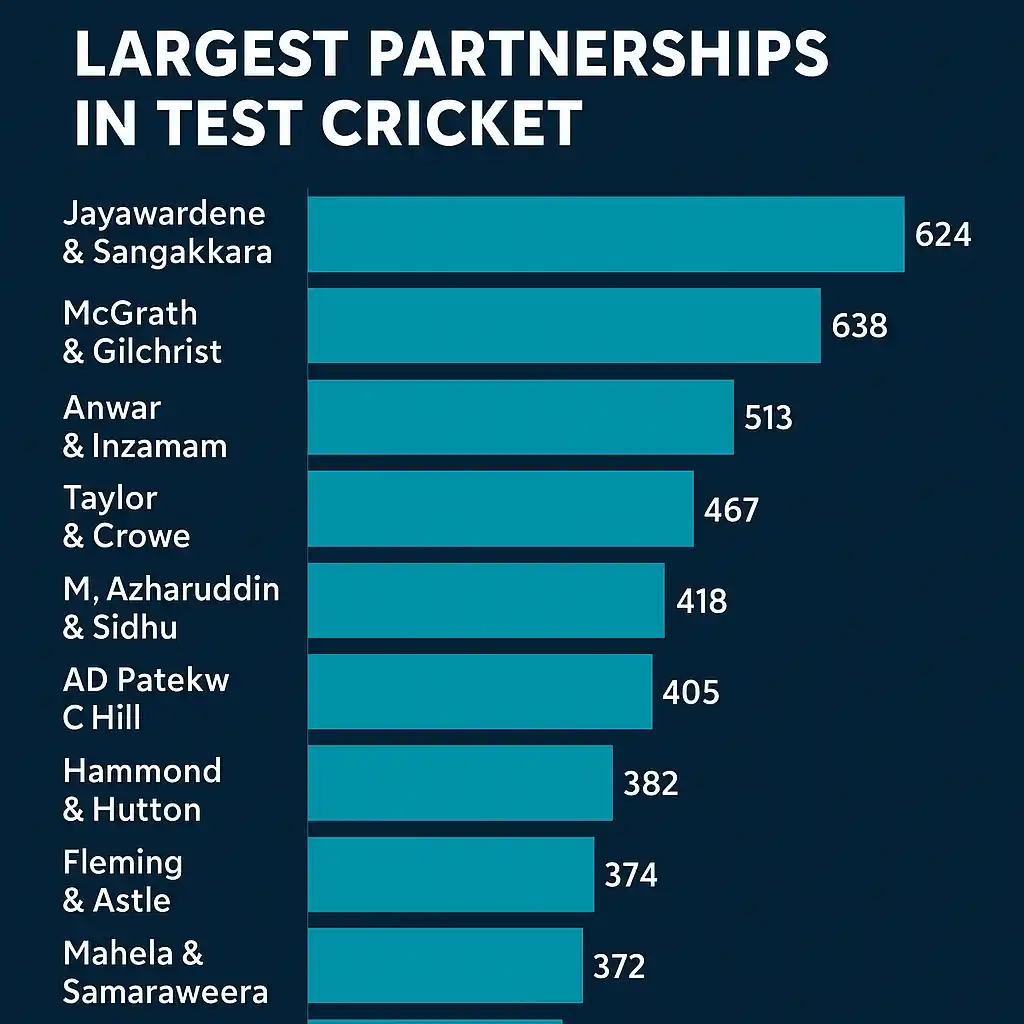
The Modern Era: Can It Happen Again?
In 2025, with flatter pitches and bazball around the corner, big stands still happen—but attention spans don’t. The patience of a Dravid or a Jayawardene? It’s rare now. Still, duos like Joe Root and Ben Duckett, or Labuschagne and Smith, have shown glimpses. Will we see another 600+ 3rd wicket stand? Maybe not. But 350? That’s always one good day away.
The 3rd wicket will always be the buffer between panic and poise. Between collapse and counterattack. And the stories etched in those long afternoons remind us why we fell in love with red-ball cricket to begin with.
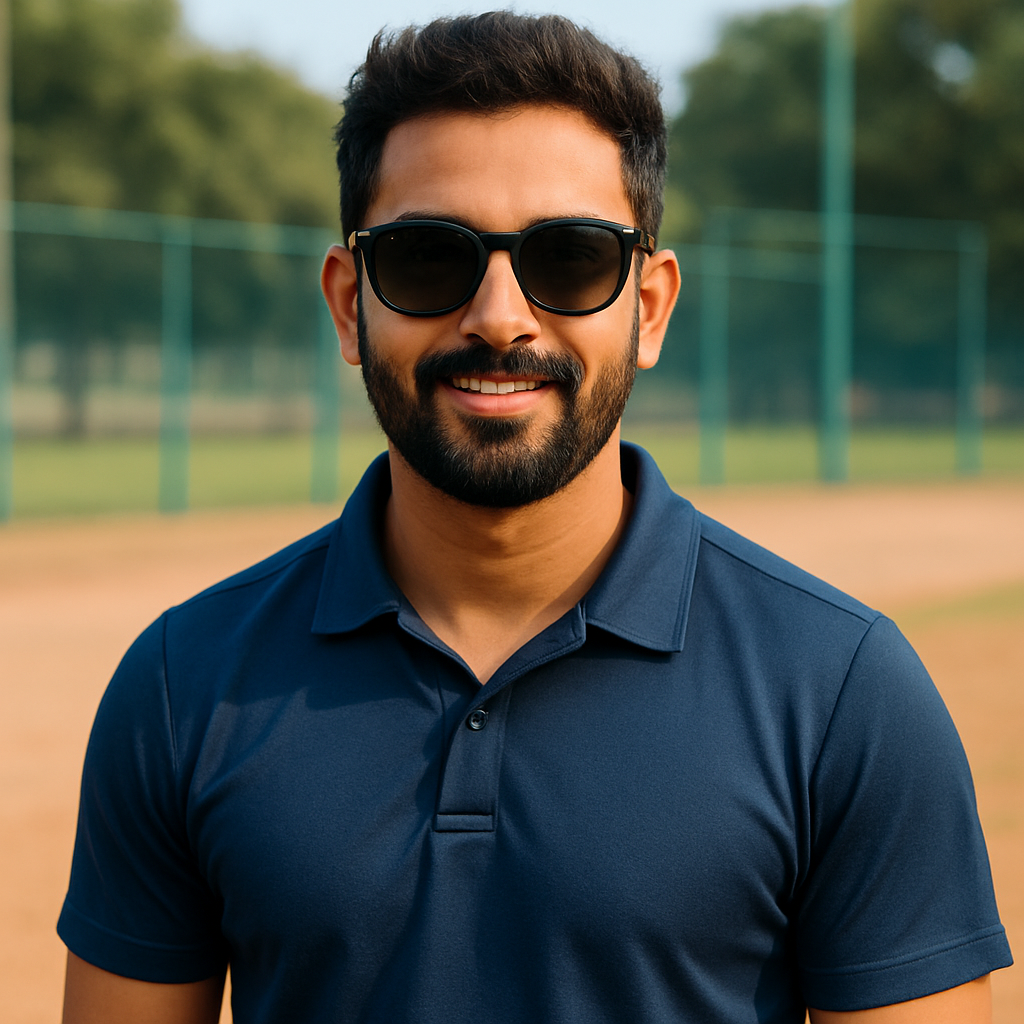
Meet Arjun Kushaan, a passionate cricket analyst at The Cricket24x7. From street matches in his childhood to competitive college tournaments, cricket has always been a central part of Arjun’s life. With a strong background in data analysis and a natural affinity for numbers, he brings a fresh, analytical lens to the game. At The Cricket24x7, Arjun blends his deep love for cricket with his data-driven approach to deliver detailed insights and well-rounded coverage for fans of the sport.

